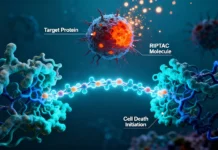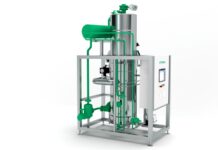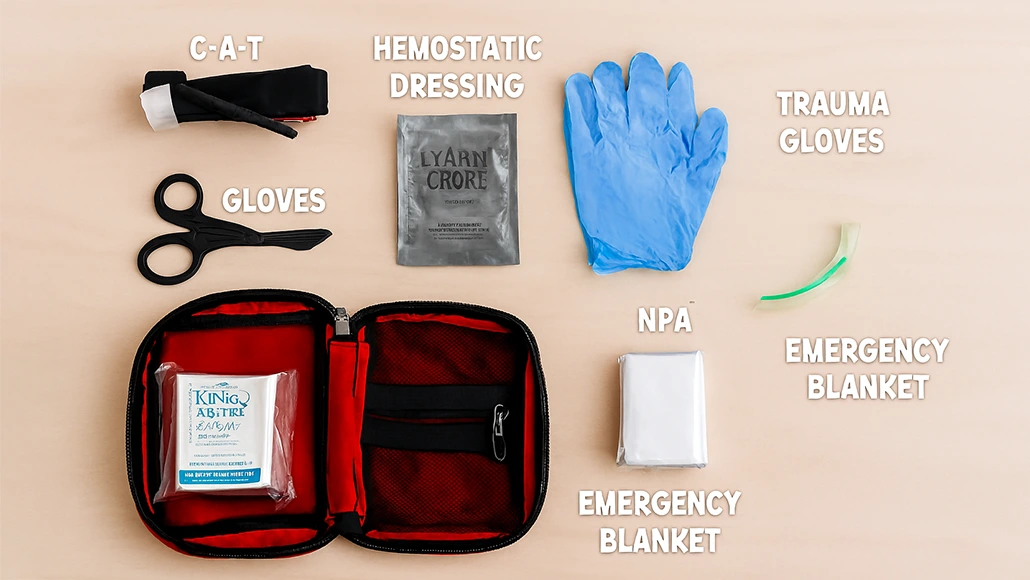Knowing what to include in a trauma kit is essential for effective emergency response. The right contents mean the difference between life and death when professional help is delayed. Whether you’re a first responder, school staff member, business owner, or concerned citizen, having a well-stocked trauma kit is critical.
Trauma kits are designed to address the most serious and time-sensitive injuries, especially severe bleeding, airway obstruction, and shock. They are not the same as basic first aid kits. Trauma kits contain advanced tools meant for high-stakes emergencies, often in the minutes before paramedics arrive.
Understanding which items belong in a trauma kit helps ensure you are fully prepared when seconds matter most.
1. Tourniquets
Tourniquets are essential for controlling severe limb bleeding. They apply focused pressure to stop blood loss fast. Without one, a person can bleed to death in minutes. Tourniquets are simple to use and highly effective. They work in high-stress situations where time is limited. Modern windlass-style designs allow rapid self-application or use on others.
Tourniquets save lives in emergencies, especially where medical help is delayed. This is critical in schools. From 2000 to 2022, school shootings in the U.S. caused 485 casualties. That includes 328 at elementary and secondary schools and 157 at colleges and universities. Immediate bleeding control is often the difference between life and death.
Tourniquets are proven to reduce mortality from traumatic injuries. They are a key part of trauma kits used by first responders, the military, and civilian organizations. Every school, organization, and public building should have at least one on hand.
True Rescue trauma kits for sale include all the essentials for stopping life-threatening bleeding, including a tourniquet for upper and lower limbs. The kit is fully compliant with all major bleeding control legislation, making it a reliable and responsible choice for safety planning.
2. Hemostatic Dressings
Hemostatic dressings promote rapid blood clotting and stop bleeding faster than regular gauze. They are essential for wounds where a tourniquet cannot be applied, such as torso injuries.
The NuStat 4×4 hemostatic dressing stands out in this category. It is made entirely of Hemafiber®, a proprietary blend of clotting fibers. This biologic-free, non-impregnated design promotes fast hemostasis through dual-fiber technology, which physically aggregates blood cells and clotting factors at the wound site. It requires no preparation, is highly absorbent, and applies just like standard gauze.
These qualities make hemostatic dressings like NuStat essential components of trauma kits. They are especially useful for wounds where applying a tourniquet is not possible, such as torso or neck injuries.
3. Emergency Trauma Shears
Cutting away clothing or gear quickly is crucial during trauma care. Emergency trauma shears are heavy-duty scissors designed to cut through tough materials like leather or seat belts. Every trauma kit must include trauma shears for quick access to injuries.
They help you expose wounds quickly without causing further harm. Shears are also useful for removing obstructions like backpacks, straps, or boots. Their blunt tip prevents accidental cuts to the patient. In high-pressure situations, speed matters.
Many models feature ergonomic handles for better grip. Others include built-in tools like oxygen wrench slots or ring cutters. They are compact and lightweight and fit easily in pockets or trauma bags. Unlike standard scissors, trauma shears are built to perform under pressure and in harsh conditions.
4. Nasopharyngeal Airway (NPA)
An NPA keeps the airway open in unconscious patients who are breathing but cannot clear their airway. It’s easy to insert and less invasive than other airway devices. Including an NPA increases the chances of patient survival before emergency care arrives.
It helps prevent airway obstruction caused by the tongue or soft tissue. NPAs are useful when the patient has a gag reflex, making oral airways unsuitable. They work well in both medical and trauma situations. Most NPAs are made of soft, flexible material to reduce discomfort.
They are available in various sizes to fit different patients. Lubrication is typically included for easier insertion. Having an NPA in your trauma kit allows responders to manage airways quickly and effectively.
5. Personal Protective Equipment (PPE)
Protecting yourself during treatment is essential. Trauma kits should contain medical-grade gloves, eye protection, and masks. PPE reduces the risk of contamination and exposure to bloodborne pathogens, keeping both patient and rescuer safe.
Using proper PPE helps maintain hygiene in unpredictable or unsanitary conditions. It also prevents cross-contamination between patients. In schools, workplaces, and public settings, responders may need to treat someone they don’t know—making barrier protection even more important.
PPE should be easily accessible and ready for rapid use. To ensure safety, disposable items should be replaced after each use.
Key PPE items in a trauma kit include:
- Nitrile or latex gloves (preferably non-powdered)
- Protective eyewear or face shield
- Surgical or N95 mask
- Disposable gown or apron (optional but useful in high-exposure events)
Keeping yourself safe allows you to continue to help others.
6. Triangular Bandages
Triangular bandages are versatile. They serve as slings, improvised tourniquets, or to secure splints. Lightweight and compact, they increase the trauma kit’s flexibility for different injuries.
They are especially useful for stabilizing broken or dislocated limbs. A folded triangular bandage can be used as padding or to control minor bleeding. It can also be tied around the head to secure dressings for scalp wounds.
Made from cloth or non-woven material, they are reusable and easy to clean. Their simplicity makes them ideal for both trained responders and untrained bystanders. Every trauma kit benefits from having at least one.
7. Emergency Blanket
Trauma increases the risk of hypothermia. Emergency blankets help retain body heat and prevent shock. They are lightweight, compact, and easy to carry in any trauma kit.
Made from durable, tear-resistant material, these blankets protect against wind and moisture. Their reflective surface helps retain heat and can also be used to signal for help. Emergency blankets provide vital warmth and protection in many situations.
They are especially useful in outdoor or exposed environments where maintaining body temperature is critical. Including an emergency blanket in your trauma kit helps stabilize patients and improve their chances of survival while waiting for professional care.
Prepare With the Right Trauma Kit Contents
Knowing what to include in a trauma kit saves lives. Every item serves a critical role in managing severe injuries. Having the right tools means acting fast and effectively when it matters most. Here are the most important trauma kit contents to have on hand:
- Tourniquets: Stop severe limb bleeding quickly. Essential for life-saving hemorrhage control.
- Hemostatic Dressings: Promote fast clotting for wounds where tourniquets can’t be used.
- Pressure Dressings: Apply steady pressure to control bleeding in various injuries.
- Emergency Trauma Shears: Cut clothing or gear fast to access wounds safely.
- Nasopharyngeal Airway (NPA): Keep airways open in unconscious patients.
- Gloves and Personal Protective Equipment (PPE): Protect responders from contamination and bloodborne pathogens.
- Burn Dressings: Provide sterile, cooling care for burn injuries.
- Triangular Bandages: Versatile for slings, tourniquets, or splints.
- Emergency Blanket: Prevent hypothermia by retaining body heat and protecting the patient from the elements.
Each item plays a vital role in trauma response. A well-stocked kit prepares you for emergencies and increases the casualty’s chances of survival. Be ready to save lives with the right trauma kit contents.




















